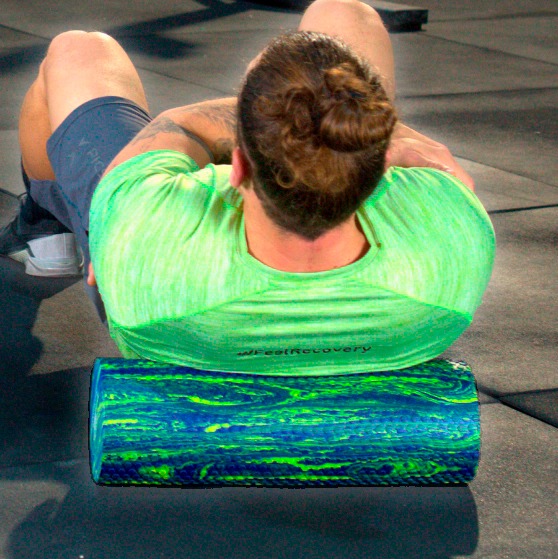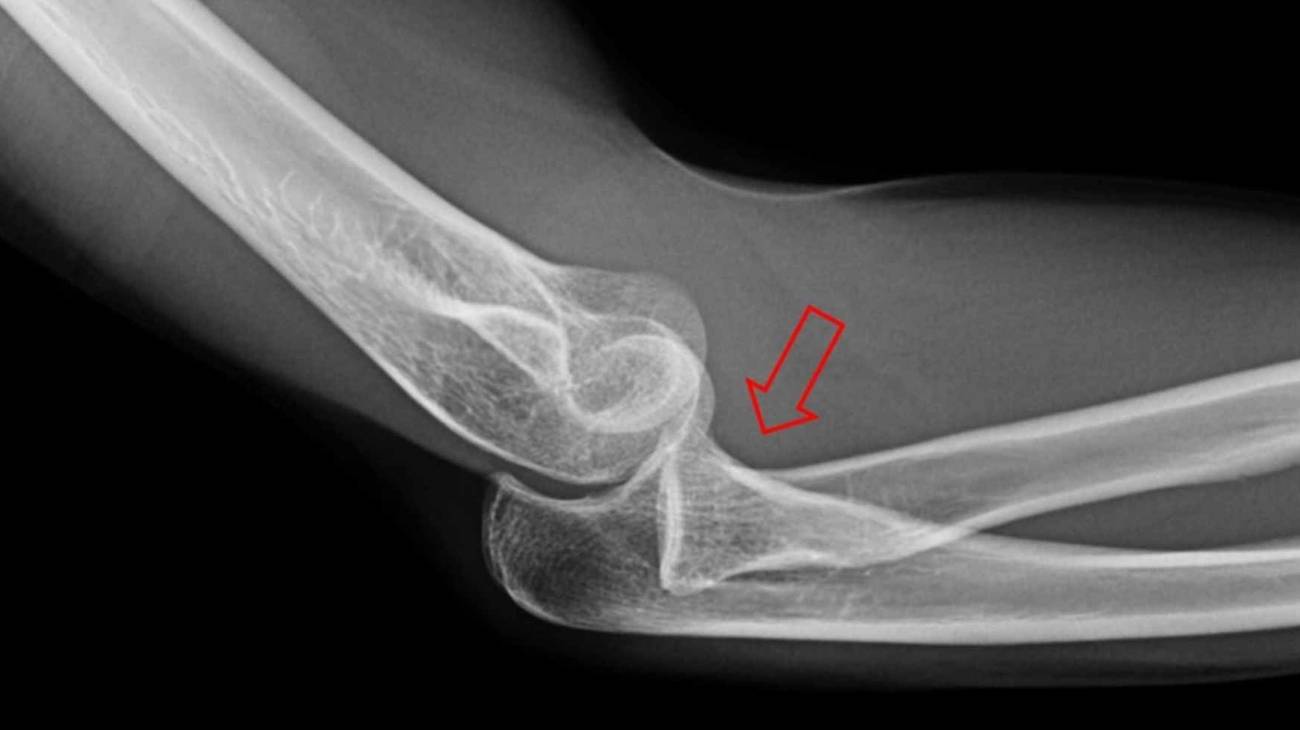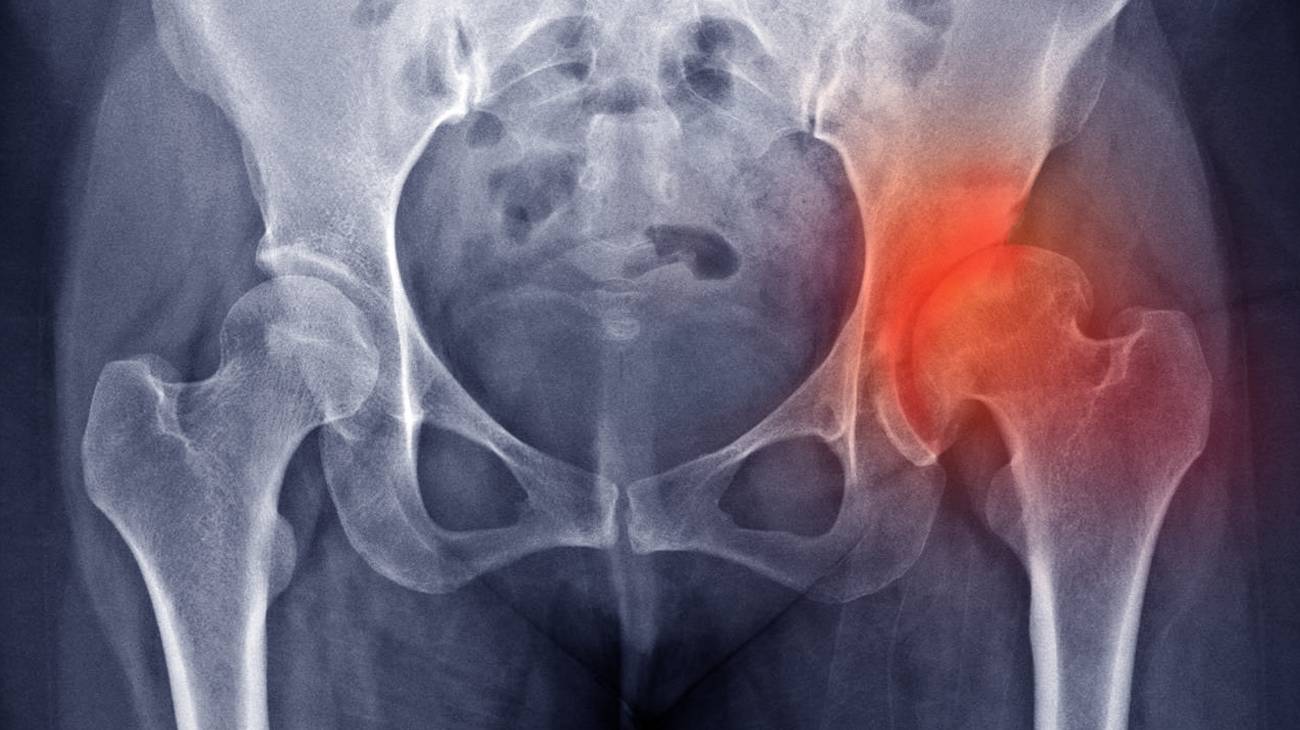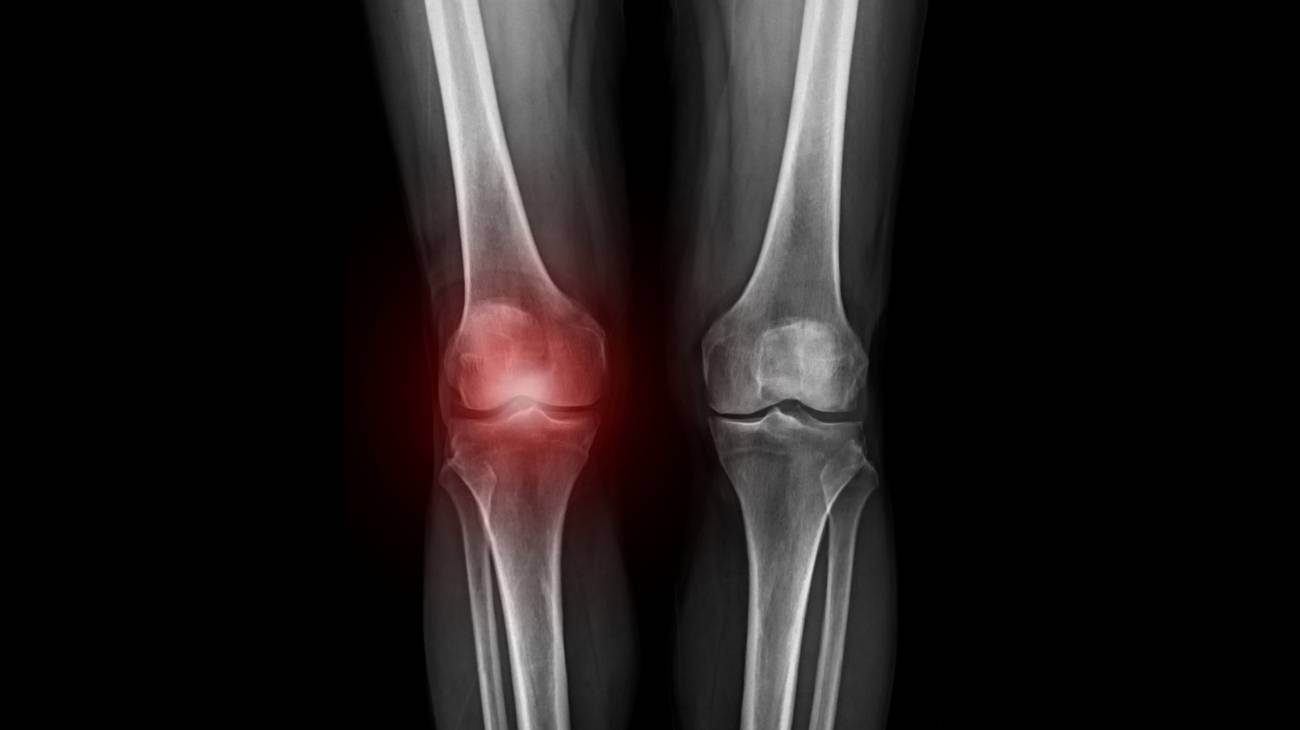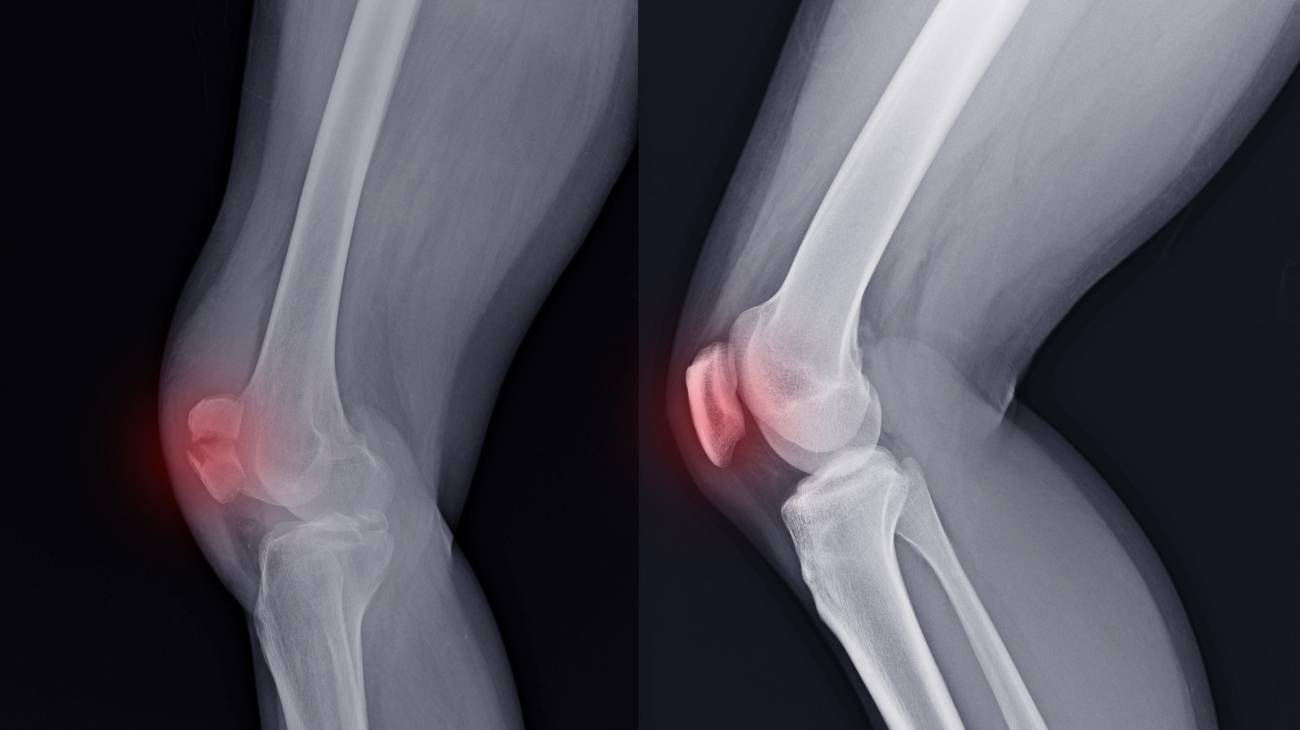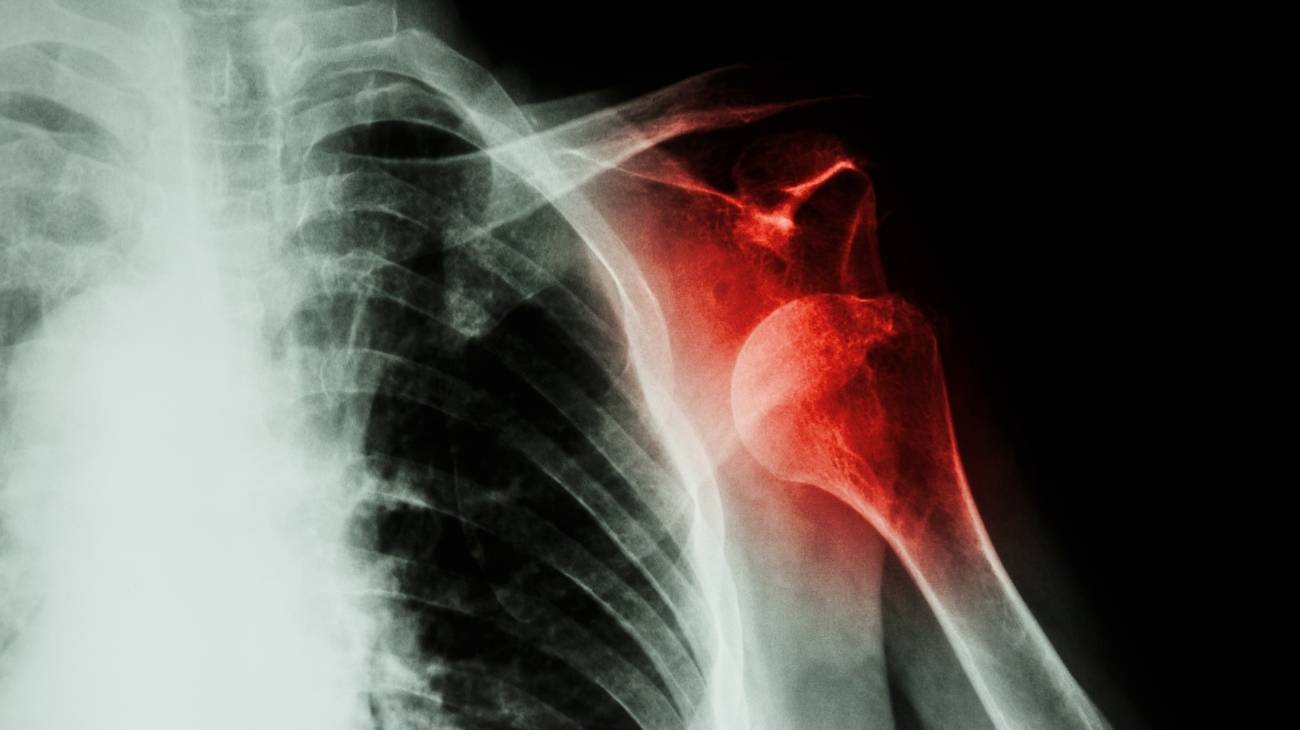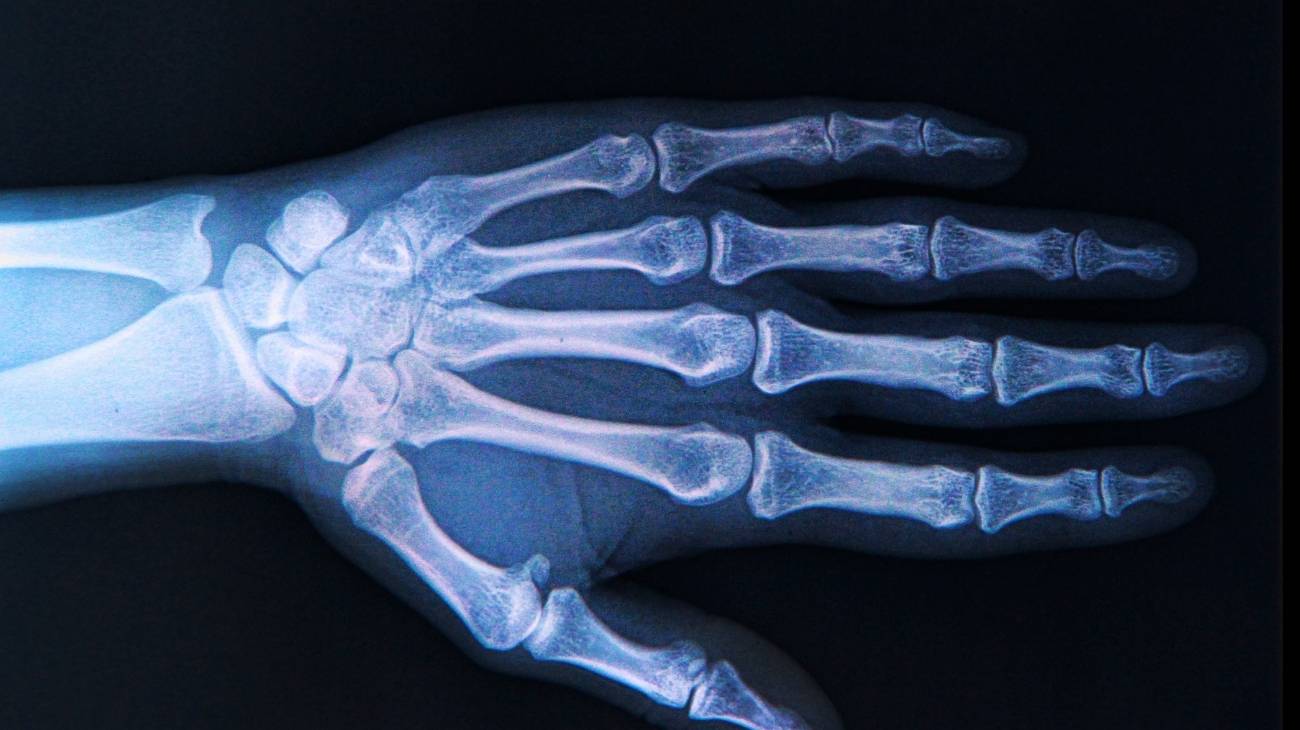Wrist dislocations occur when the carpal bones are forced out of alignment, often as a result of falls, sports injuries, or high-impact trauma. This type of injury can cause severe pain, swelling, and a significant loss of mobility, making daily activities challenging. Using the right recovery tools is critical for alleviating pain, stabilizing the joint, and promoting effective healing.
Wrist braces are essential for providing stability to the wrist joint during recovery. These braces restrict unnecessary movement, allowing the ligaments and tissues to heal properly. They also help reduce strain on the joint, preventing further damage. Modern wrist braces are adjustable and made from breathable materials to ensure comfort during prolonged use.
Cold therapy wraps are highly beneficial in the early stages of recovery. Cold therapy helps minimize inflammation and swelling while numbing pain in the affected area. These wraps are designed to fit snugly around the wrist, providing consistent and targeted cooling. Regular use can accelerate the recovery process by reducing tissue damage and promoting quicker healing.
For managing pain and improving muscle recovery, TENS machines (Transcutaneous Electrical Nerve Stimulation) are invaluable. These devices send electrical impulses to block pain signals and stimulate muscle fibers, enhancing mobility and reducing discomfort. TENS therapy is particularly effective for individuals experiencing chronic pain or muscle stiffness after a wrist dislocation.
Incorporating heat therapy during the later stages of recovery can also be beneficial. Heat therapy improves blood circulation, relaxes muscles, and reduces stiffness, preparing the wrist for mobility exercises. Thermal packs or heating pads can be used to enhance flexibility and alleviate lingering discomfort.
Strengthening exercises are a vital component of wrist dislocation recovery. Resistance bands are ideal tools for rebuilding strength in the forearm and wrist muscles. Gradual resistance training with these bands helps restore joint stability and prevents future dislocations. Consistent use of resistance bands as part of a rehabilitation routine ensures long-term wrist health.
Combining multiple therapies often leads to the best recovery outcomes. Using a wrist brace for support, cold therapy wraps for inflammation, TENS machines for pain relief, and resistance bands for strengthening provides a holistic approach to recovery. This comprehensive method addresses pain management, mobility, and muscle stability.
Feel Recovery offers a curated range of high-quality recovery tools tailored to every stage of wrist dislocation rehabilitation. From pain management to long-term strengthening, our products are designed to help you regain confidence and full mobility.
FAQ: Frequently Asked Questions
What are the best tools for wrist dislocation recovery?
Wrist braces, cold therapy wraps, and TENS machines are highly effective for managing pain, reducing swelling, and stabilizing the wrist. Resistance bands are essential for rebuilding strength and preventing future injuries.
How do I choose the right wrist brace for my injury?
Choose a wrist brace based on the severity of your injury and consult the product’s sizing guide for a proper fit. An appropriately fitted brace ensures maximum support and comfort during recovery.
Can these products help prevent future wrist dislocations?
Yes, using wrist braces for joint stability and resistance bands for muscle strengthening significantly reduces the risk of future dislocations. Maintaining strong and flexible muscles is key to prevention.
Are these recovery tools safe for sensitive skin?
Most products are made with hypoallergenic materials, making them safe for individuals with sensitive skin. Check product descriptions for detailed material information.
How should I care for and maintain my recovery products?
Hand-wash wrist braces and cold wraps with mild soap and cold water. Wipe TENS machine pads gently after each use. Following proper care instructions ensures durability and effective performance.




